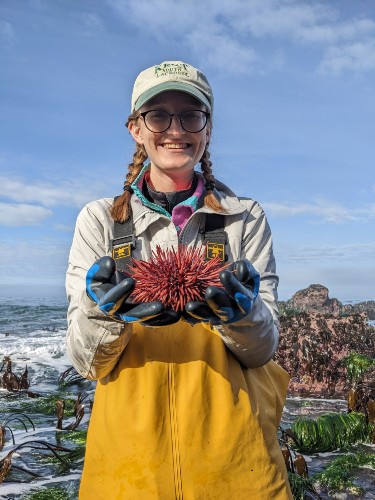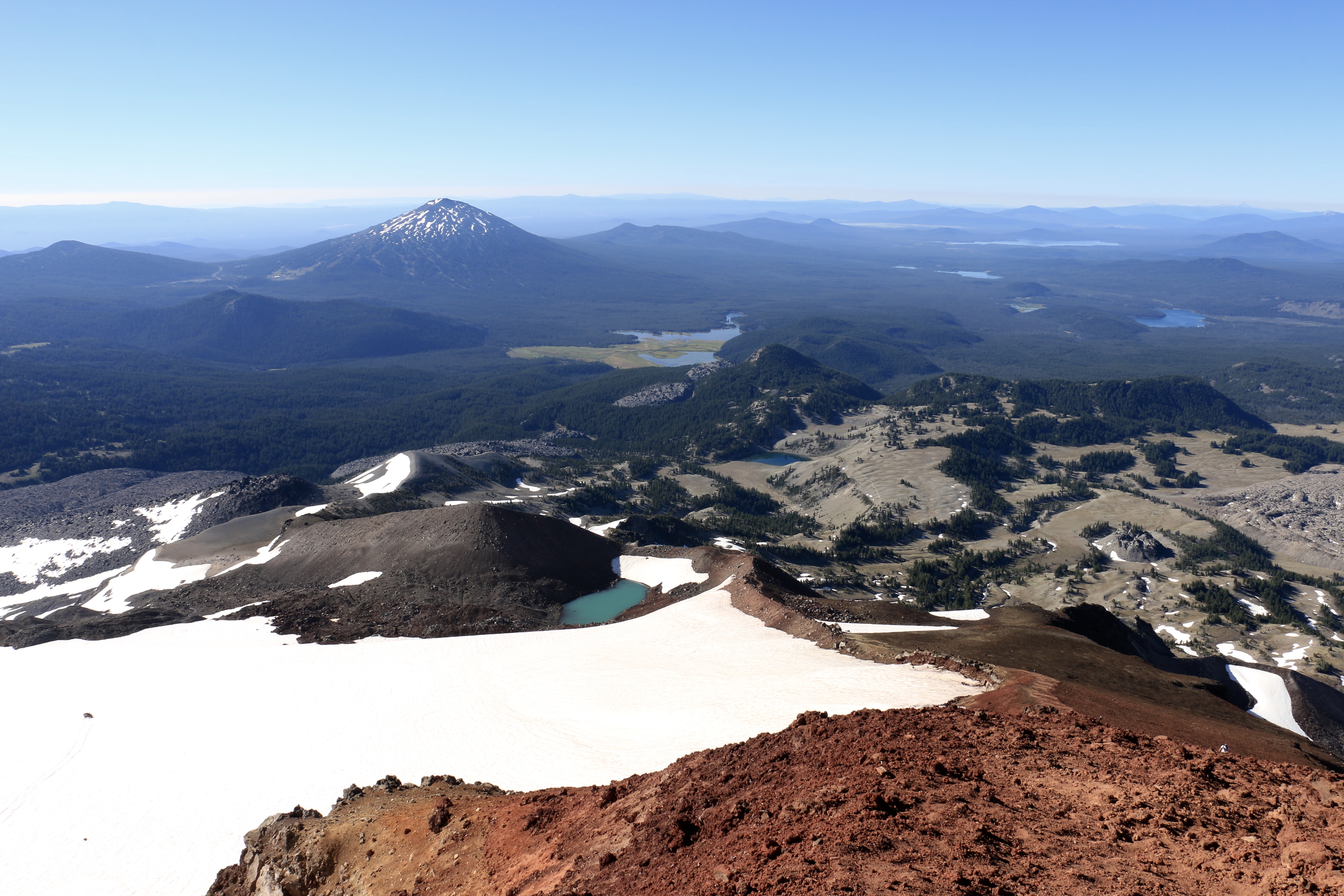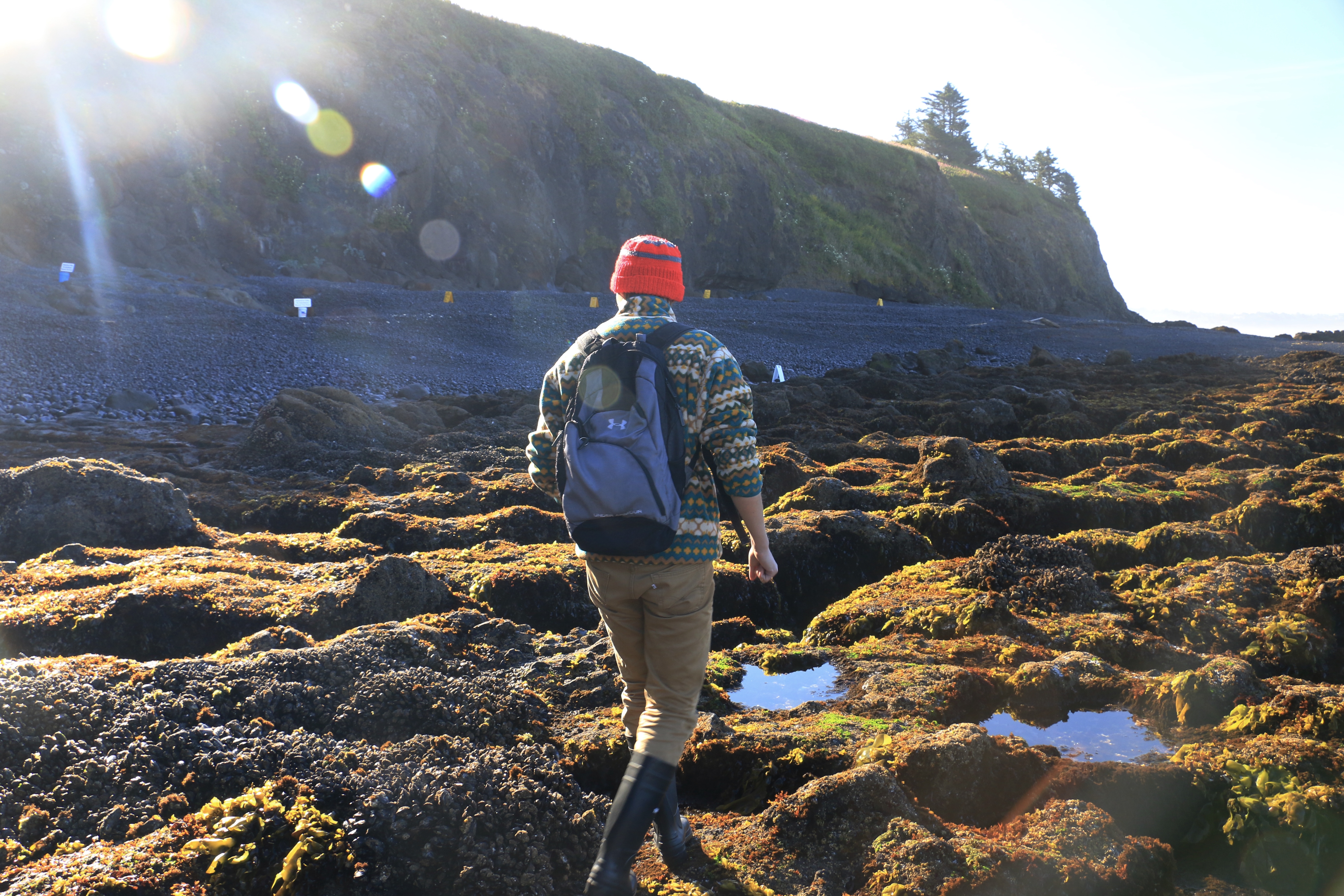Hello everyone!
Just like the marine reserves bill, I’m back in Salem for the 2024 session.
This time around, things are going to be a little different. Though the Legislature convenes every year, on odd-numbered years we hold a “long session” that lasts about five months while on even-numbered years there’s a “short session” that only lasts about five weeks. Last session, I wrote a blog post that used the journey of the marine reserves bill (then HB 2903) to provide a high-level overview of the legislative process. Seeing as we just entered the abbreviated short session, this seemed like the perfect opportunity to continue to use the marine reserves bill (now HB 4132) to do a rapid-fire deep dive into the legislative process. Since I’ve covered it before, I’m not going to rehash what this bill is about and why it’s so important in this post, but if you want to dig into that check out my first blog post here.

Here’s the plan: each week I’m going to focus on a different step in the legislative process – from policy development to a signature from the Governor (fingers crossed the bill makes it that far). In this post, I’m going to cover everything that went into preparing this bill for the 2024 session during the five-month session interim. Let’s get into it!
July – September: The session interim is a time for brainstorming and policy development. First things first, you need an idea. These ideas can come from anywhere, from legislators to staff to advocates to constituents. Once you have an idea, you need to translate it into a bill draft. Typically, this involves forming a working group of advocates, experts, people with lived experience, and other legislators and staff. In our case, a lot of the policy development was informed by conversations with individuals at conservation organizations like the Oregon chapters of Surfrider, Oceana, and the Nature Conservancy as well as community-based organizations affiliated with each of the marine reserves.
Since this working group was formed prior to session last year, we entered the session interim ready to hit the ground running. The moment the 2023 session ended the group began dissecting why the bill didn’t pass and what issues needed to be addressed to set us up for success in 2024. Since our bill relates to a program within the Oregon Department of Fish and Wildlife (ODFW), we also spent time communicating with ODFW leadership and staff to nail down exactly what resources were needed to address the proposed mandates. After all these conversations, we arrived at the conclusion that the best path forward was to run the exact same bill as last session.
October – November: Once October hit, it was time to start working with Legislative Council (LC). LC is essentially the legislature’s law firm, responsible for drafting every measure and amendment you see during the session. It’s typically the goal to have your bill introduced on the first day of session. In that case, there are several presession deadlines you need to be aware of, one of which is the LC draft request deadline. This deadline typically falls in September for the long session and November for the short session. The moral of the story here is, if you want to work with a legislator on a policy concept, start doing so early. Once these deadlines have passed, especially during the short session, there’s not a lot your legislator can do to address your request until the following session.
Lucky for us, working with LC was a painless process, largely because we were recycling language from the previous session. In no time, LC provided us with a legislative concept (confusingly also abbreviated as LC), which is essentially a formal bill draft with a number and everything.
December: In December, our working group kicked things into high gear, developing outreach materials and lobbying tools designed to build a broad coalition of support for the marine reserves bill. Representative Gomberg’s office also began having conversations with the Chair of the committee our bill would likely be assigned to: the House Committee on Agriculture, Land Use, Natural Resources, and Water. Though each of these steps are always important, the former is particularly critical during the long session when there is more time to drum up support while the latter is crucial when entering a short session when you need the Committee to schedule your bill for a public hearing during the first week of session.
January: Once you have your legislative concept and additional communication materials on your bill, it’s time to start looking for Sponsors. Over the month of January, we were able to drum up support on both sides of the aisle and across the House and the Senate. The goal is to bring on Sponsors who can act as champions for your bill in relevant Committees and in the opposite Chamber (in this case, the Senate). During session, members can only sign on to a bill as a Sponsor when it’s in their Chamber. Therefore, it’s important to get these kinds of Sponsors prior to the start of session so you know that you have someone prepared to guide your bill through the legislative process when it moves to the opposite Chamber.
Once you’ve gathered your Sponsors, all that’s left to do is file your bill with the Chief Clerk’s Office before the pre-session deadline. Oh, and then you have to do everything else required during session to get your bill over the finish line, but one step at a time. In my next post I’ll cover the first week of the 2024 session and do a deep dive into the public hearing process. If you want to stay up to date with the movement of HB 4132 through the legislative process in real-time, check out the bill’s OLIS page and click “e-Subscribe” in the top right corner (photo below). This is a great way to stay up to date with this bill and any others of interest to you during session.

Well, for anyone who made it this far, thanks for reading! I’ll check back in next week.
































